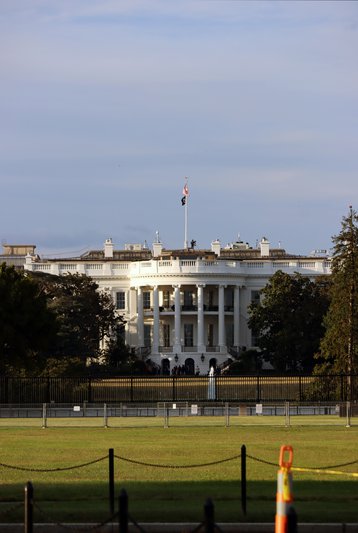President Donald Trump said that he would enforce tariffs against Canada, Mexico, and China this Saturday.
Trump plans to level 25 percent tariffs on Canada and Mexico, and 10 percent tariffs on China.
Tariffs are paid by the importer, not the exporting nation. The tariffs are predicted to cover around 40 percent of all US imports.
It is currently unclear if the tariffs will impact Canadian electricity exports, which amount to thousands of gigawatt hours of electricity. This would be unusual for tariffs, but Governor of Massachusetts Maura Healey this week warned businesses that they could see electricity prices surge.
"There could be some temporary short-term disruption, and people will understand that," Trump said.
The President reiterated that the tariffs were not a negotiation tactic, and that there was nothing the three countries could do to stop them.
Trump has also threatened to bring tariffs against the European Union, claiming that he plans on “doing something substantial.”
Possible tariffs "at a very high level" could be levied against ally Denmark for refusing to cede its territory Greenland.
He is also considering broader global tariffs on oil, gas, steel, aluminum, copper, pharmaceuticals, and semiconductors of up to 100 percent.
During his last term in office, Trump imposed specific tariffs on certain goods in the EU, Canada, Mexico, and China, sparking a trade war.
In retaliation, China put tariffs on US imports, including soybeans and corn. This caused farming revenues to drop by more than $10 billion, with Trump then subsidizing the farmers. The Council on Foreign Relations calculated that around 92 percent of the funds raised from tariffs on Chinese imports were spent on bailouts to farmers.
This time, similar retaliatory tariffs and export blocks are expected.




